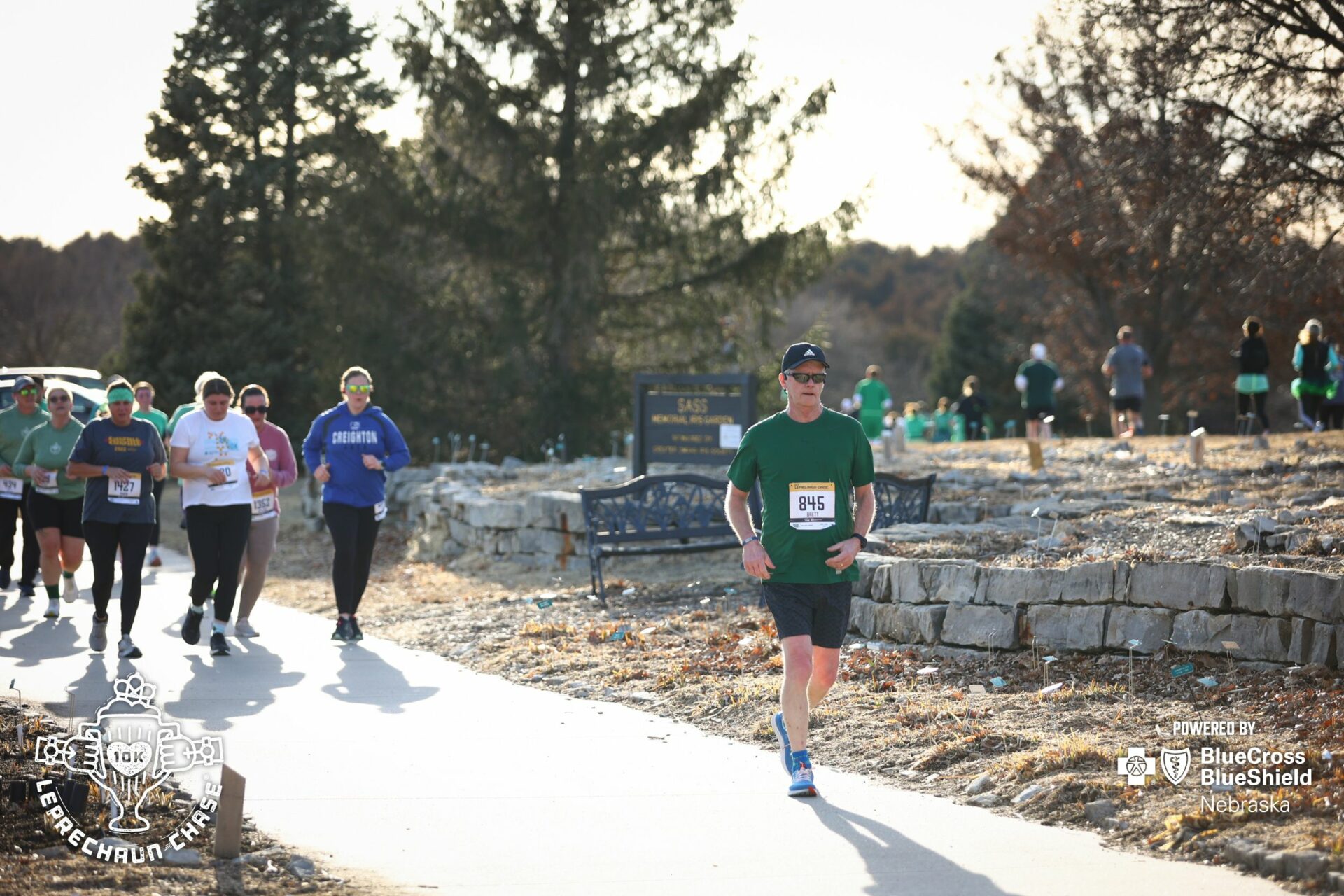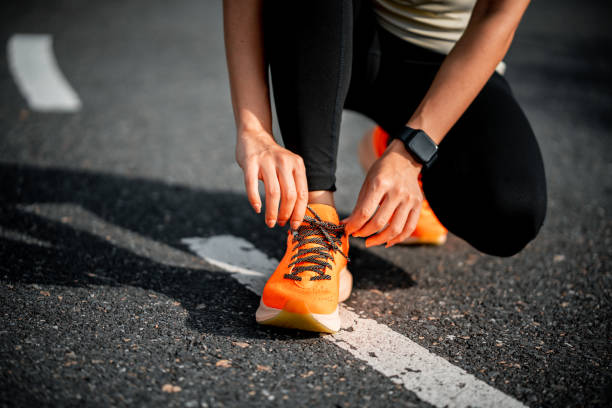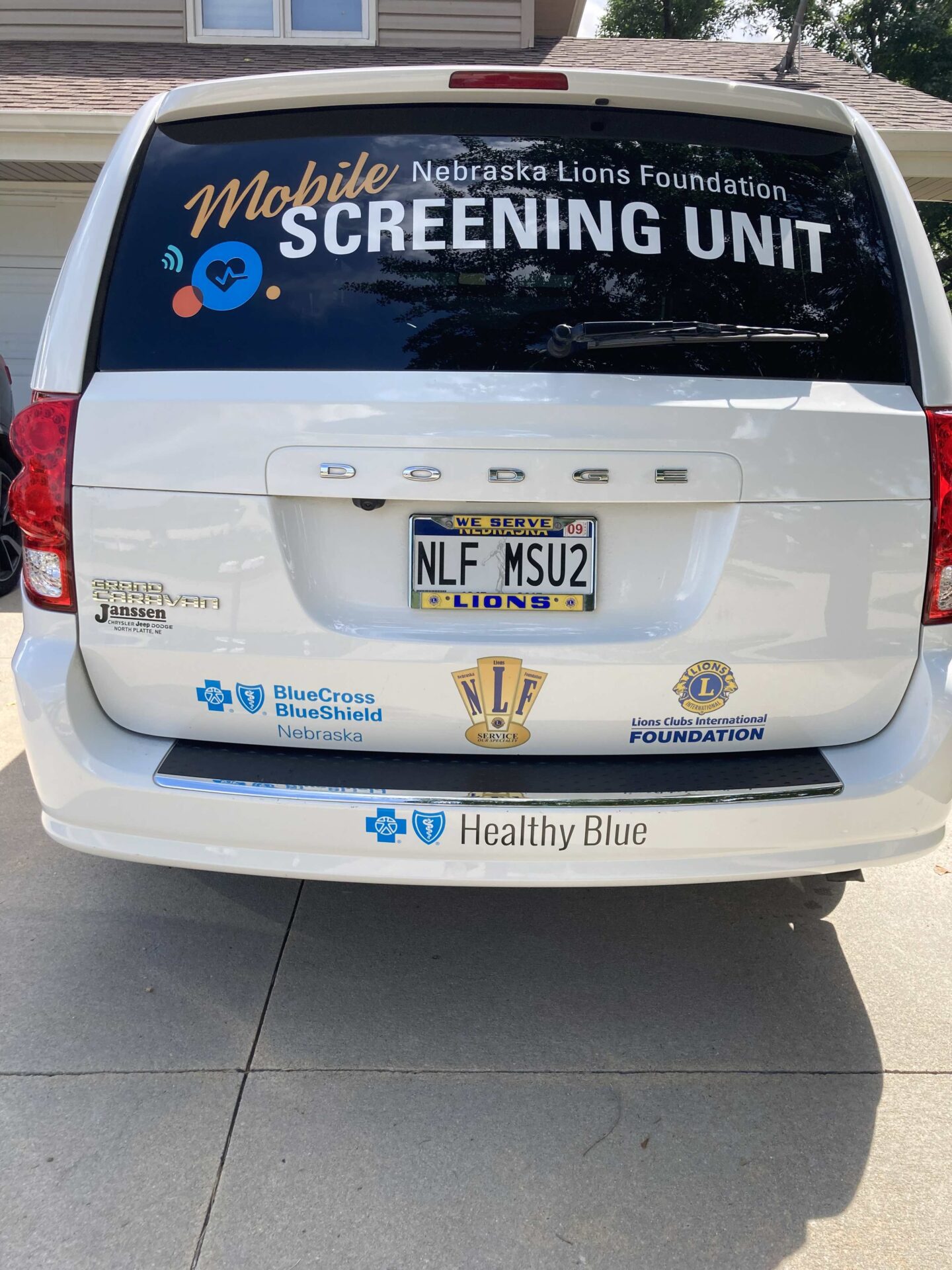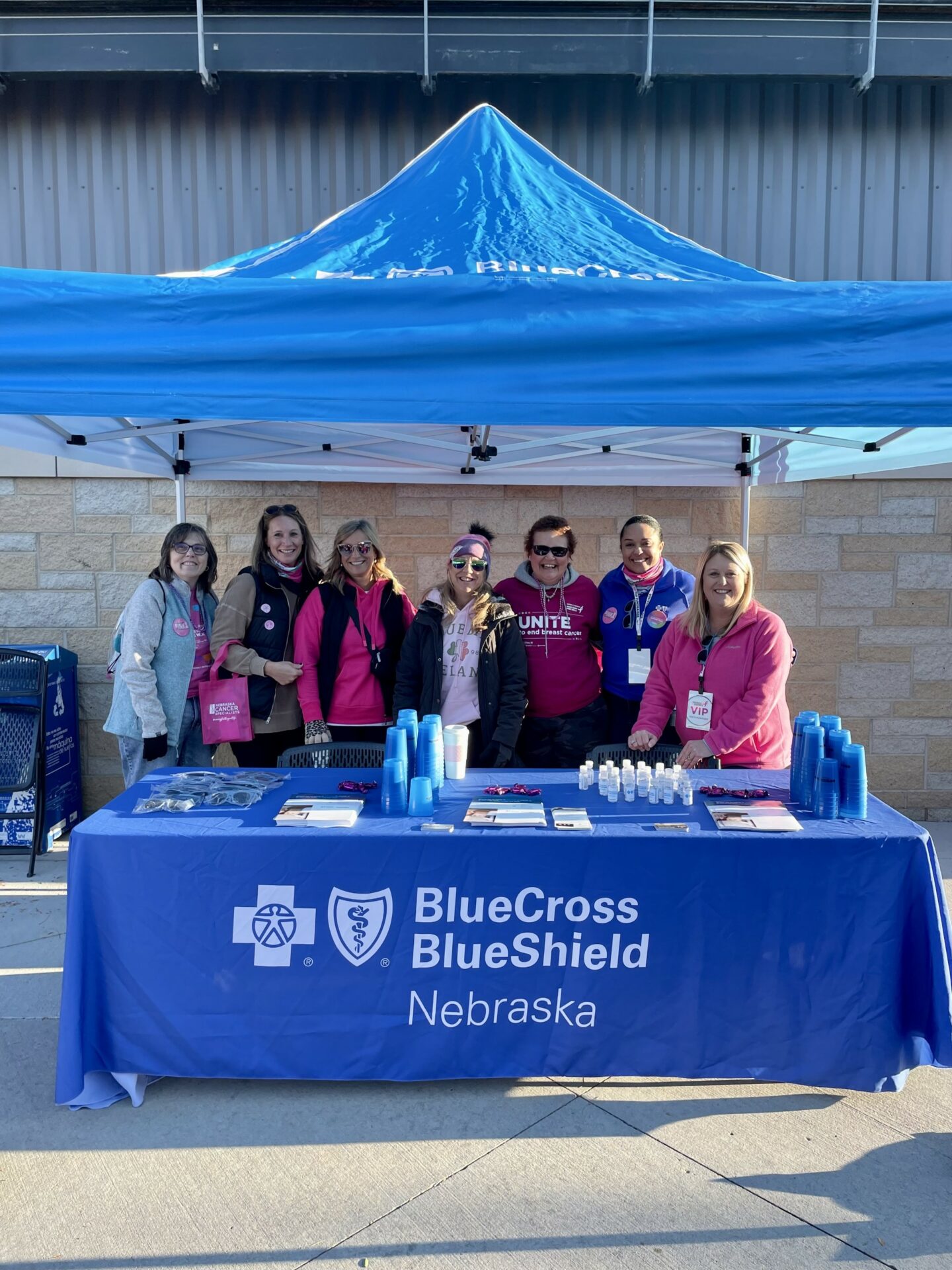According to the Centers for Disease Control and Prevention (CDC), traumatic brain injury (TBI) is a leading cause of death and disability among children and young adults in the U.S. Each year an estimated 1.5 million Americans endure a TBI.
A concussion is one of the most common types of TBIs, and Rusty McKune sees plenty of patients with concussions and related injuries. McKune is the sports medicine program coordinator at Nebraska Medicine.
One way to help reduce the risk of head and traumatic brain injuries is to wear a helmet. While helmets do not prevent concussions, McKune says “they do play an important role in helping to reduce the risk of structural injuries to the brain and head, such as skull fractures.” Helmets should be worn when participating in recreational activities such as riding a bike, motorcycle or skateboard, or playing sports like football, lacrosse or hockey. They should also be worn at construction sites.
“You never know when something will become dislodged at a site and hit your head or you could walk into a beam,” McKune said. “Helmets aren’t foolproof, but they can prevent a cut, laceration, or bump, as well as more significant brain and head injuries.”
“When I visit with patients,” McKune said, “we talk about the entire continuum of TBIs — mild to severe. On the mild end, injuries such as concussions typically result in a full recovery. However, there can also be catastrophic injuries that have a lifelong impact, such as a disability or even death.”
William (Bill) E. Thorell, M.D., sees patients who have catastrophic brain injuries from sports and other activities. Dr. Thorell is co-director of the Stroke and Neurovascular Center at Nebraska Medicine and professor of neurosurgery at the University of Nebraska Medical Center.
“We accept that there’s various risks when playing sports and doing other activities,” Thorell said. “And, it’s reasonable to allow kids to participate in activities that carry some risk. But, kids – and adults – should wear a helmet during certain activities – and they should wear them correctly.” Thorell sometimes sees patients who were wearing a helmet when they had the accident, but the chin strap was loose, so the helmet came off.
Ensuring kids wear helmets “protects the most vital resource we have — young people in the prime of their life,” Thorell said. An accident can happen when you least expect it. “You put your seatbelt on before – not when – you perceive that something will happen,” Thorell said. It should be similar for helmets.
How to make a habit of wearing a helmet? For kids, it’s best to start young – as early as 18 months, maybe younger. Make it a requirement for kids to wear a helmet every time they get on a trike, put on skates, ride a scooter, play sports, etc. Give kids positive feedback when they wear their helmets, too.
If kids start wearing a helmet at a young age, they will be more likely to wear one throughout life. “Kids get used to wearing protective equipment and don’t feel right without it,” Thorell said. “It’s like when I was growing up, not many people wore seatbelts. But, now most kids have grown up wearing them and they say they feel naked without one.”
“Wearing a helmet can also have a peer pressure effect,” Thorell said. Kids may think, “if my friends are wearing one, I should, too.” The helmet industry has responded with more and more cool looking helmets. “Safety isn’t solely driving the market; so is fashion,” Thorell said. “And, that has unintended good consequences, such as better safety, lower health care costs and better brain health.”
Set an example by wearing a helmet when you should, too. To learn how to properly protect your head and take the challenge to make it a habit to wear a helmet, read this.






